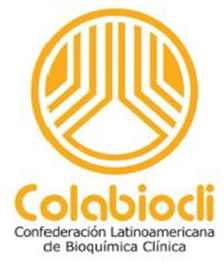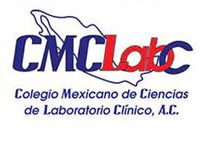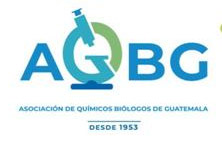Because it would be damaging to extract microglia directly from the skulls of Alzheimer’s patients, USC Stem Cell scientist Justin Ichida’s group is taking a far less invasive approach. Using small samples of patients’ blood or skin, the team is applying a technique called “reprogramming” to transform these cells into microglia.
“We’ve used this approach to produce functional nerve cells and other cell types, but not microglia, so this will be a first,” said Ichida, who also uses reprogramming to study ALS and frontotemporal dementia.
Ichida’s team will then use a gene-editing tool called CRISPR to introduce two genes associated with Alzheimer’s disease into the patient-derived microglia.
The researchers will observe how these two genes alter the function of the microglia. These genetic changes could cause a variety of problems, such as triggering inflammation or preventing microglia from cleaning up defective proteins known as amyloid plaques, which are implicated in Alzheimer’s disease.
In addition to revealing how the two Alzheimer’s-related genes affect the function of microglia, the project will pave the way for other researchers to study microglia on a patient-specific basis.
A positive partnership
Ichida’s team is taking a look at the role of microglia in the onset of Alzheimer’s with support from a $100,000 gift from the John Douglas French Foundation.
A longtime champion of such innovative approaches to Alzheimer’s research, the John Douglas French Foundation has given more than $2.5 million to USC. The gift to the Ichida Lab honors Michael Minchin Jr., who retired from his role as the foundation’s president and CEO in 2016.
The work of Ichida’s lab is supported by the John Douglas French Foundation. “Their partnership enables us to make new strides toward helping the 5.5 million Americans living with this debilitating and often fatal disease,” said Ichida, assistant professor of stem cell biology and regenerative medicine.
Source: Science Blog






































